Every Cellphone I've Ever Owned

I’m old enough to remember the era before cellphones. Back in high school, a group of us once planned a caving trip. We all met at the parking lot beside the tennis courts at 8am. “Where is Nick?” someone asked; Nick being the person we were waiting on. Someone took 35 cents, walked over to a payphone, and came back to us saying, “His mom said he left 30 minutes ago.” Today, we don’t have to blindly wait on our friends. We can send them a text, or organize outings using group chat software. Phones have drastically changed the way we plan gatherings and interact with one another, for better or for worse. Here is my personal history of cellphones, from my first black and white prepaid device, all the way up to the modern era of the Google/Apple spy devices we all carry around in our pockets.
LG (Unknown Model)

This was my first cellphone, an LG with a black and white display. It was given to me by another student during my undergraduate years. I was suppose to work with him on a project, but he never showed up for any meetings or wrote any code. I ended up turning in the project with only my name on it, and I think he ended up having to retake the class. I kept the phone for about a year or so.
Nokia 6800

My dad eventually put me on his plan and got me a Nokia 6800, complete with fold out thumb keyboard.
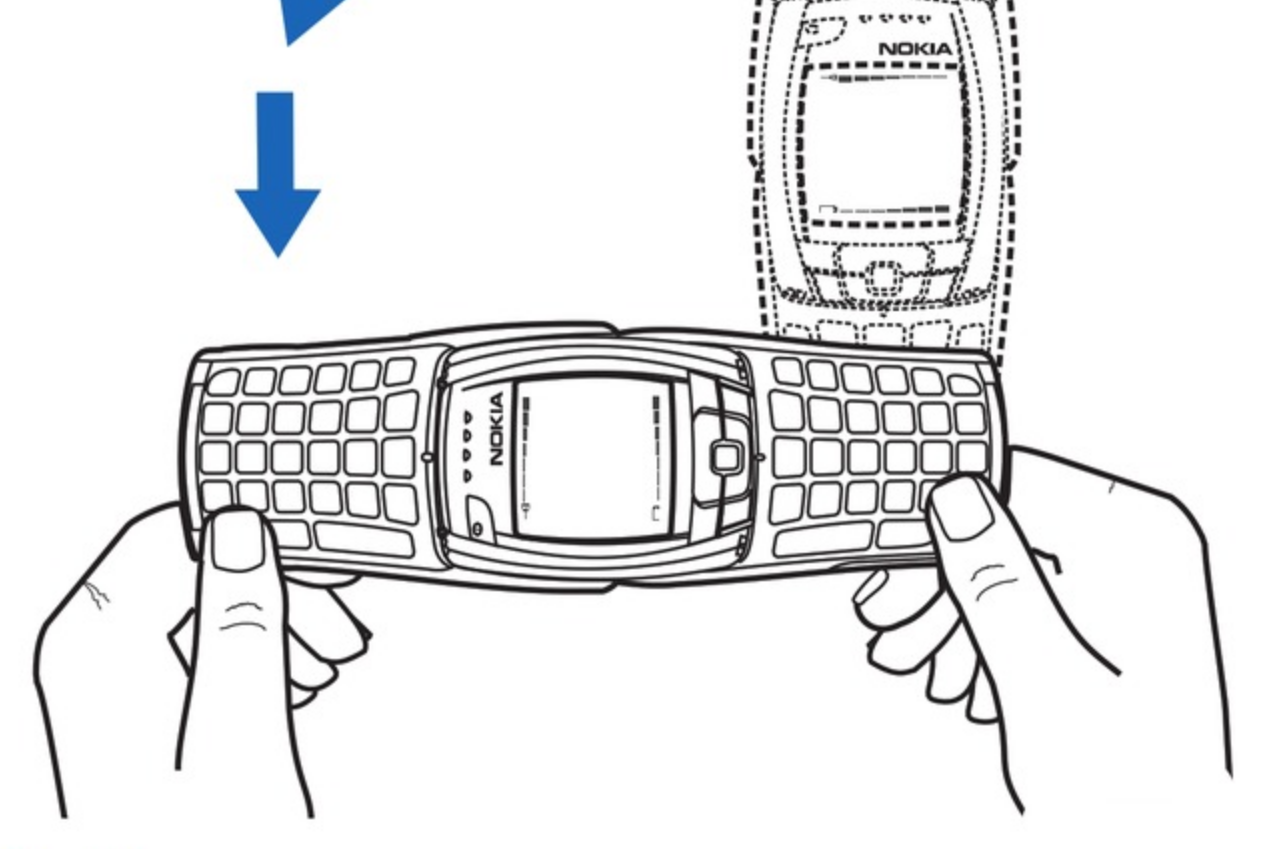
Motorola Razr

Eventually my dad would also put my sister’s family on the same plan, when his contract renewed. I got upgraded to the iconic Razr, which Motorola is currently releasing again as a folding Android smartphone1.
Palm Treo 680

Like an idiot, I lost my Razr phone while rolling down a hill in a local park. I ended up replacing it with my first smartphone, a Palm Treo. I had previously owned an old Handspring Visor, which I had bought off of one of my university instructors. I was familiar with PalmOS, just not running on a phone. PalmOS had no real memory protection, no threading (you could fire off background tasks with timers) and the phone would occasionally (and randomly) crash and reboot. It could run a micro edition of IBM Java and the Opera web browser, and it could access the Internet at blazing fast EDGE network speed2
Palm Centro
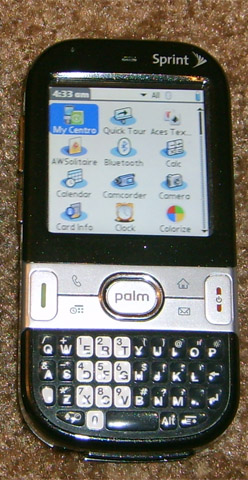
Later, I would get on my own phone plan and upgrade to a Palm Centro, which was exactly like the Palm Treo in a smaller form factor.
Palm Pre

Before the current mono-culture of Apple and Android, there were many different platforms and mobile operating systems. Most, such as Windows Mobile or Blackberry, depended on using a stylus or tactile buttons on the device. With the Pre, Palm dropped support for PalmOS and made their foray into the world of touch based devices with WebOS.

On a group bicycle ride, one of my friends had a battery and speakers attached to his bicycle. The CD player he was using kept skipping, so I let him play music off my Pre. It fell out of his pocket and got dragged for a bit, and then run over. Despite this, it kept working for well over a year afterwards.
I liked the Pre and knew several friends who had this device, but Palm wasn’t able to compete with Apple or Google long term. Eventually Palm and WebOS were sold to HP, where they would eventually go to die.
HTC Evo 4G
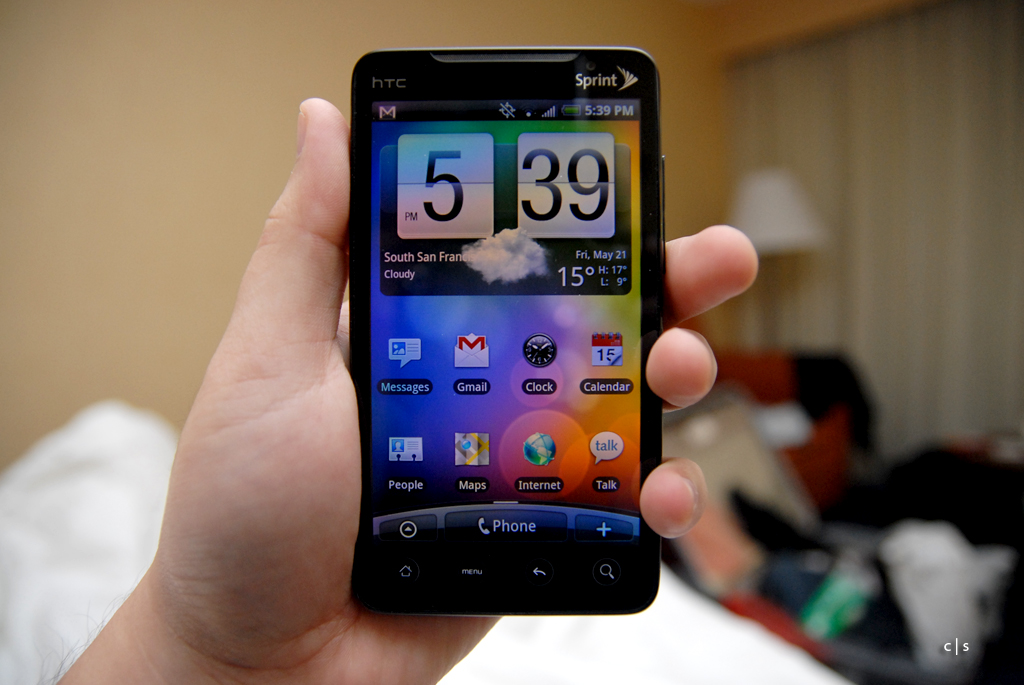
My next device would be the first phone I ever owned without a physical keypad. The HTC Evo 4G was one of the very early Android devices. I rooted this device early on, but other than that, I kept the device stock. It would be over a year before I modified it to run CyanogenMod, the predecessor to LineageOS. I also added a double sized battery that came with a new battery cover.

The phone served me well, until a bike ride in Cincinnati after a rain storm. It wasn’t raining during the ride, but somehow the phone still absorbed a ton of condensation while being in my pocket. It started to turn off randomly and eventually stopped working. I was about to move to Australia and knew the phone wouldn’t work there anyway. Australia used only GSM, where America had both GSM (AT&T/T-Mobile) and CDMA (Sprint/Verizon) at the time. Although Australia did have Wi-Max (what Sprint used for 4G), it was on a different frequency than Sprint’s.

Motorola Photon
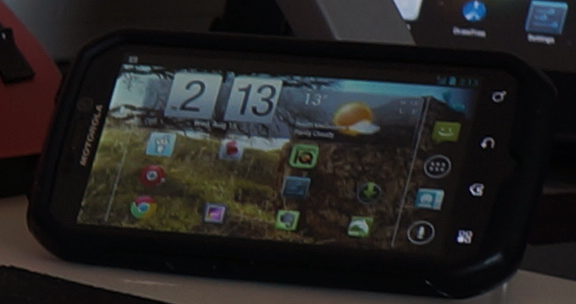
My next phone was a Motorola Photon, an international device I purchased off of Craigslist. The seller mentioned which networks not to use it on. Sometimes listings like this were due to the phone being a device under a contract that wasn’t fully paid for, but it could have also been a promotional phone given to someone who worked in sales at a store, which was intended for them to use and promote, but not to sell. In any case, the phone was reasonably priced and worked on both CDMA and GSM networks. I installed Cyanogen on it early on, before leaving for Australia. It was a good, fast device, but unfortunately, it’s life came to an end when I left it in a jacket pocket that ended up going through the washer and dryer. I replaced it with a Google Nexus 4.
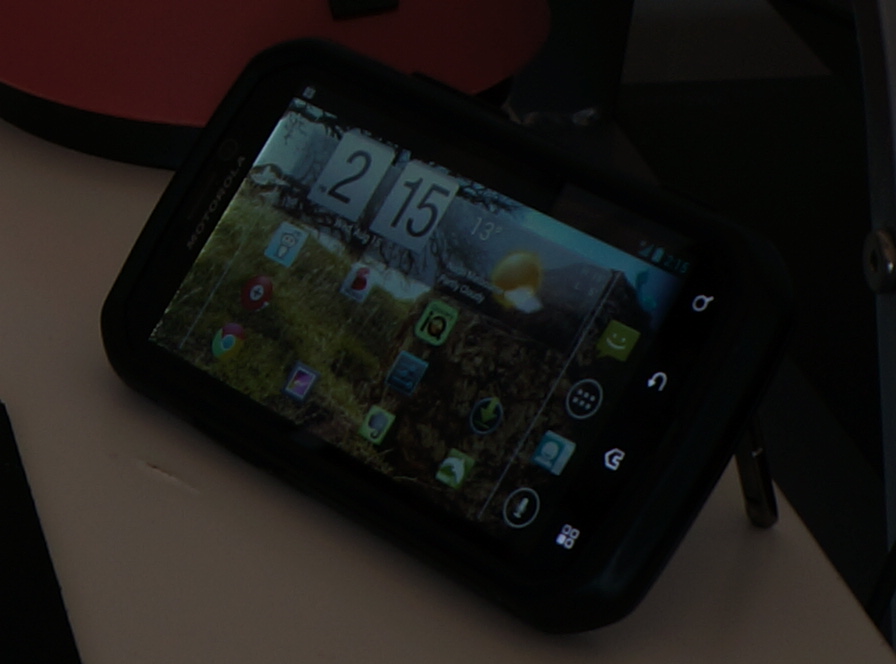
Nexus 4
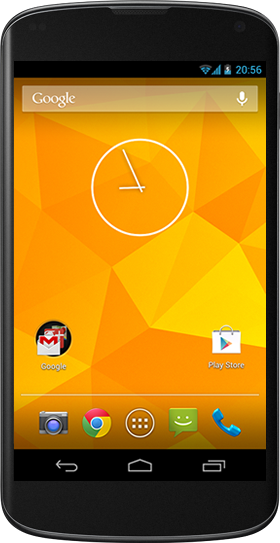
Like every other Android phone I owned, I replaced the stock ROM with CyanogenMod. After a few months, mobile data stopped working on my Nexus 4. Wi-Fi stopped working a few days later, and eventually, the phone refused to boot. I also learned that the Nexus 4, a Google device made by LG, had neither a Google warranty or a LG manufactures warranty unless you bought it directly from the Google store.
The company I bought it from in Auckland refused to warranty the device because I had unlocked it (even though I reinstalled the stock OS before shipping it back to them). People at work told me New Zealand had consumer protection laws, and I shouldn’t let them get away with it. It took two sessions in a tribunal, each of them one to two hours long, before the arbitrator ruled in my favor, and the company was forced to refund my $495 NZD.
Samsung Galaxy S

During this debarkle, a friend of mine from work lent me his Samsung Galaxy S which he had flashed with CyanogenMod. It ran slow as dirt, but I was thankful to have a mobile device that could do the minimum for me to communicate and meet up with people.
Nokia Lumia 520
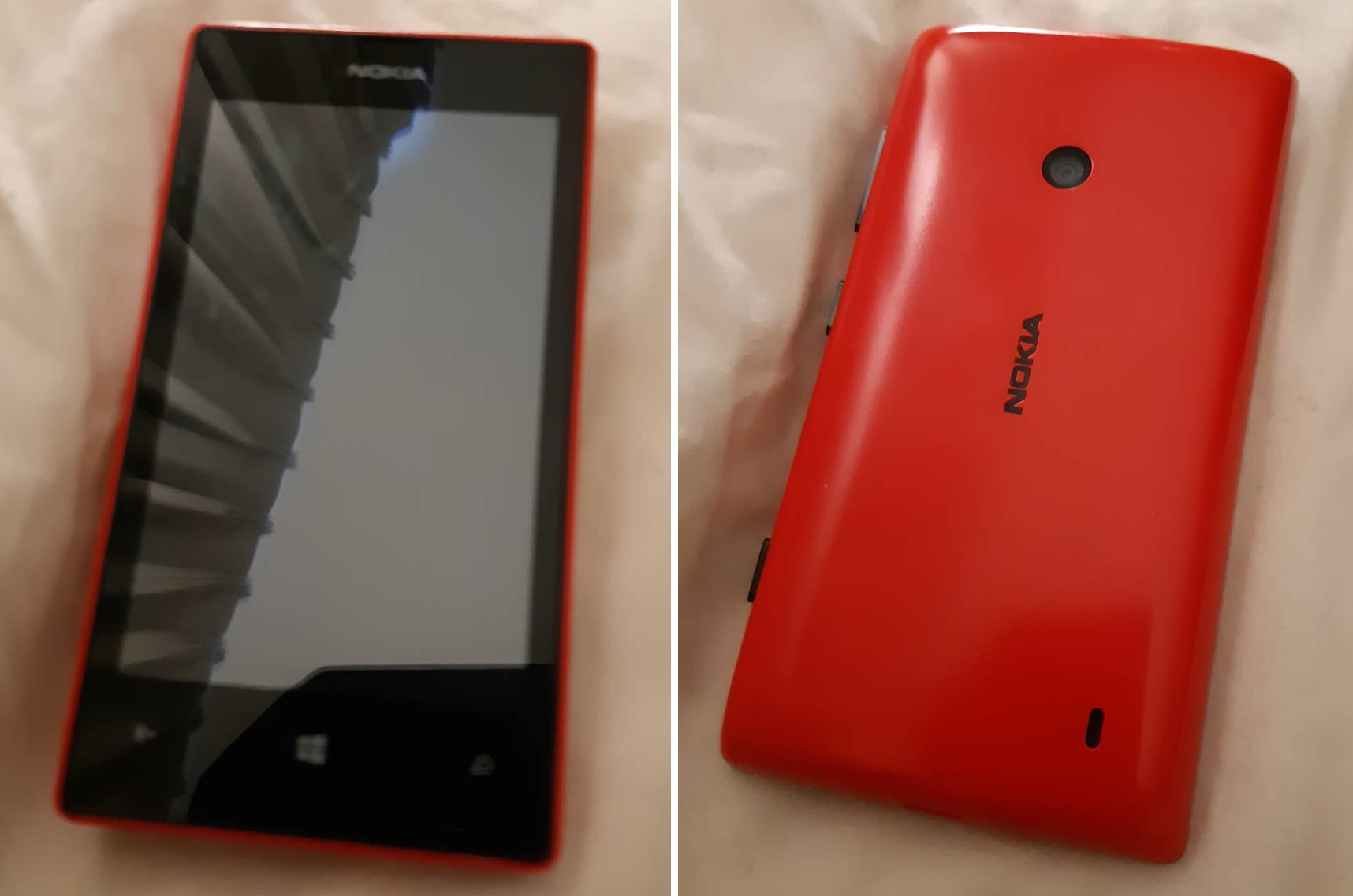
One of my coworkers, and another one of my friends in Wellington, had Windows Mobile devices. I decided to give Windows Mobile a shot with the Nokia Lumia 520. It was a decent device, and I actually liked the standard Windows Mobile interface. However, there was no Firefox for Windows Mobile and though the Amazon Kindle app worked okay, it was a bit buggy and would occasionally display loading animation when trying to turn a page. I gave it a fair shot and wanted to like this device, but after a few months with it, I went back to an Android device.
Sony Xperia Z

I eventually replaced the Lumia with a Sony Xperia Z I had purchased off of TradeMe. The Sony Z was a nice phone, but the used unit I had purchased didn’t have a working GPS antenna and could never get a GPS fix (which is probably why the person was selling it).


OnePlus One
I eventually replaced the Sony with OnePlus’s very first device, the OnePlus One. What drew me to this device was that it came pre-installed with CyanogenOS. It was an early attempt to create a Cyanogen supported device.
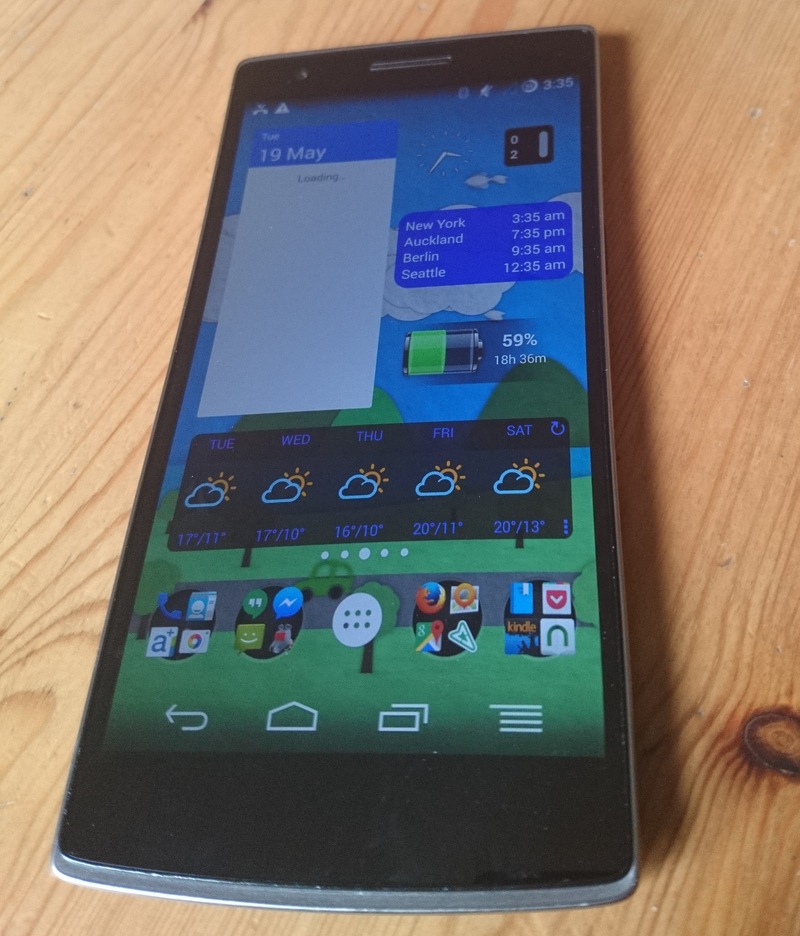
I didn’t like the large size of the OnePlus, but it had great battery life. Unfortunately, it suffered from a known hardware grounding issue causing the touchscreen to register random inputs occasionally. After I left New Zealand, I replaced it with a Sony Z3 Compact I’d bought at a store in Australia. I sold the OnePlus One afterwards on eBay.
Sony Z3 Compact

While in Europe, I dropped and broke the screen on my Z3 Compact. I found a Z1 Compact to replace it at a pawn shop in Ireland. Although I was able to unlock the mobile radio, so I could use it on any carrier, it had a locked boot loader, so it was impossible to install Cyanogen or any other 3rd party ROM on the device. It was the first device I was forced to use the stock ROM on in several years. Even with a rooted device, it’s a challenge to disable all the Sony annoying-ware.
Sony Z1 Compact

The Z1C was built way better than the Z3C. It was almost the exact same size, but had metal edges and felt heavier in my hands. It was interesting to see how the quality had gone down between the different generations of this unit. When I moved to Seattle, I attempted to go back to a Sony Xperia Z, since new-old stock was relatively cheap on eBay. However even after installing LineageOS on the Z, it was still painfully slow. Even with automatic updates disabled, Google silently updates their core services on older phones, leading to stability and speed issues on older devices3. I eventually replaced the Z with a Sony Z5 Compact.
Sony Z5 Compact

I had to replace the back on my Sony Z5C three different times due to cracking issues. The Z5C was also the first I had purchased in this series that wasn’t waterproof.

Eventually the battery sensor on this phone went out, and the phone would shut itself down even when the battery was fully charged. I swore off Sony devices and purchased a Razor Phone.
Razor Phone

The Razor phone was difficult to root. I briefly tried LineageOS on it, but the ROM didn’t support the full resolution of the phone’s screen or the screen’s high refresh rate. I used a rooted version of the stock ROM until this phone was stolen by a pickpocket at a Chicago Blue Line rail station.
Sony Xperia 10

I thought I had sworn off Sony devices, but I found one with a pretty heavy discount at a local store. I mistakenly thought there was a LineageOS ROM for this device, however it was for the (confusingly named) Sony Xperia X, not my device. Once again, I was stuck with a rooted version of the stock ROM, although the newer Android releases make it easier to disable all the built-in Sony bloatware. I still prefer the smaller form factor of the older Sony compact models, but at least the narrow Xperia 10 screen made it easy to operate this device with one hand.
The Future
I’m personally tired of the limited Google/Apple phone ecosystem. I wish Palm/WebOS hadn’t failed, and I hate how difficult it is to standardize alternative operating systems for cellphones. PostmarketOS has made some amazing strides in trying to get mainline Linux working on many classic mobile devices, in an attempt to save these very functional computers from turning into electronic waste. Devices from four to six years ago should easily be able to accomplish many of the tasks we perform on the current generation of devices, if it weren’t for the terribly inefficient Google Services that force users to upgrade3.
I haven’t canceled my pre-order for the Purism 5, despite uncertainty about its release4. On future devices, I hope to experiment with MicroG, an open source alternative to Google Services. In theory, it should allow older devices to run faster and more efficiently without the added weight of Google’s increasingly terrible built-in spyware services. I also want to get KDE Plasma Mobile running on older used devices, destined for the trash yard, by means of PostmarketOS and similar projects. Enthusiasts desperately need solid, privacy-aware, open source mobile operating systems that can run on a variety of hardware, in order to gain software freedom from Google and Apple’s walled gardens and to reduce the amount of waste created by our disposable electronics culture.
-
The new Moto Razr is official: A foldable smartphone with no display crease. 13 Sept 2019. Amadeo. Ars Technica. ↩
-
Not actually that fast. EDGE topped out at speeds around 100kbps. The very first iPhone used EDGE, but was quickly replaced with a 3G model in 2008. ↩
-
Delete, Disable, Downgrade and prevent update of Google Play Services. 24 April 2015. ConnCarl. XDA Developers (Forum). Retrieved 26 Jan 2020. ↩ ↩2
-
The Sad Saga of Purism and the Librem 5 : Part 1. 23 October 2019. Jay Little. ↩